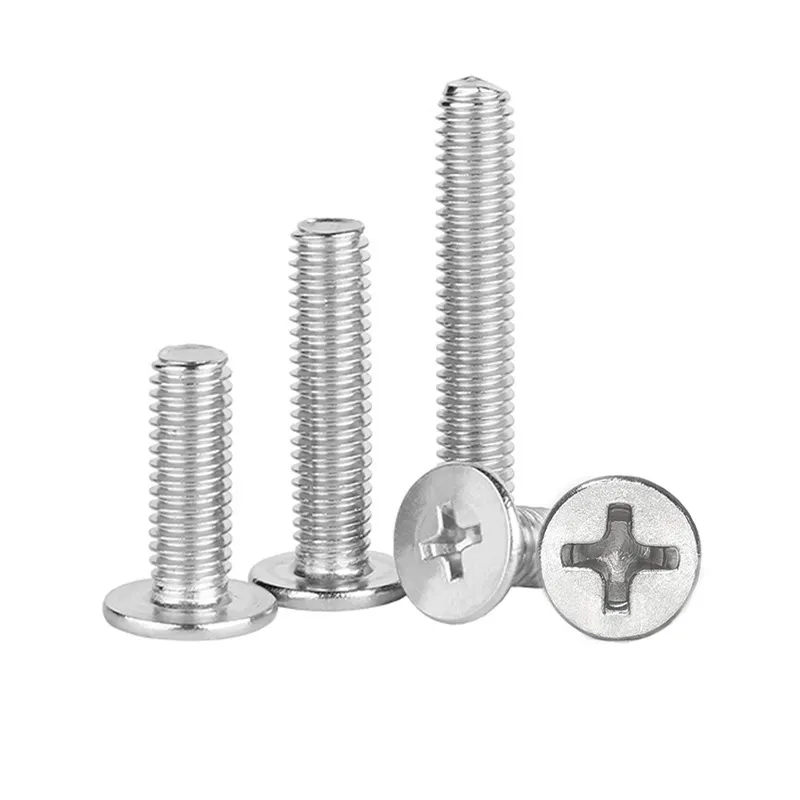

flange serrated nuts
Oct . 20, 2024 12:40 Back to list
flange serrated nuts
Understanding Flange Serrated Nuts Features, Applications, and Benefits
Flange serrated nuts are specialized fasteners that play a crucial role in a variety of mechanical applications. Distinguished by their unique design, these nuts feature a flange and serrated edges, which provide a secure grip and enhance their performance in various environments. In this article, we will explore the key characteristics, advantages, and applications of flange serrated nuts, allowing professionals and enthusiasts alike to understand their importance in modern engineering and construction.
Key Characteristics
Flange serrated nuts are designed with an integrated flange at their base, which extends outward to distribute the clamping force over a larger area. This added surface area helps to prevent damage to the material being fastened, reducing the likelihood of deformation. The serrated edges on the flange provide an additional friction-locking mechanism, which prevents the nut from loosening under vibration and dynamic loads.
Typically made from materials such as steel, stainless steel, and aluminum, flange serrated nuts can be treated with coatings to improve corrosion resistance, making them suitable for use in harsh environments. The nuts come in various sizes and grades to accommodate different applications, whether in automotive, aerospace, or construction industries.
Benefits of Flange Serrated Nuts
1. Enhanced Locking Mechanism The combination of the flange and serrated edges significantly reduces the risk of loosening during operation. This characteristic is especially advantageous in applications where vibration is a concern, ensuring a more reliable and long-lasting connection.
2. Load Distribution The flange helps distribute the load evenly across a wider surface area, which minimizes the risk of damage to the material being fastened. This is particularly important in softer materials that may otherwise deform under concentrated loads.
flange serrated nuts

3. Ease of Installation Flange serrated nuts can be easily installed using standard tools, which streamlines the assembly process. The integrated design allows for quicker fastening without the need for additional washers, making it an efficient choice for many projects.
4. Versatility These nuts are versatile and can be used in conjunction with a variety of bolts and screws across different industries. Their adaptability makes them suitable for applications ranging from automotive assembly to electronics.
5. Cost-Effective Solution By incorporating the locking mechanism and load distribution features into a single component, flange serrated nuts can reduce the overall need for additional fasteners or locking methods, thus lowering material costs and simplifying projects.
Applications
Flange serrated nuts find their use across diverse industries and applications. In the automotive sector, they are employed in assembling components where high vibration occurs, such as in engine mounts and chassis connections. The aerospace industry also values these nuts for securing critical components due to their reliability and performance under extreme conditions.
In construction, flange serrated nuts are used in structural applications to ensure the integrity and safety of buildings and bridges. Their ability to resist loosening under load makes them ideal for securing heavy machinery, scaffolding, and other structural elements.
Conclusion
Flange serrated nuts are an essential component in modern mechanical design, providing a combination of strength, reliability, and practicality. Their unique features, including enhanced locking mechanisms and load distribution capabilities, make them ideal choices for various industries facing unique challenges. As technology and engineering continue to evolve, the demand for innovative fastening solutions like flange serrated nuts will likely increase, solidifying their place in the future of manufacturing and construction. Understanding and utilizing these specialized nuts can lead to safer, more efficient, and cost-effective projects across a range of applications.
Latest news
-
High-Strength Hot-Dip Galvanized Bolts-Hebei Longze|Corrosion Resistance&High Strength
NewsJul.30,2025
-
Hot Dip Galvanized Bolts-Hebei Longze|Corrosion Resistance&High Strength
NewsJul.30,2025
-
Hot Dip Galvanized Bolts - Hebei Longze | Corrosion Resistance, High Strength
NewsJul.30,2025
-
High-Strength Hot Dip Galvanized Bolts-Hebei Longze|Corrosion Resistance, Grade 8.8
NewsJul.30,2025
-
Hot Dip Galvanized Bolts-Hebei Longze|Corrosion Resistance,High Strength
NewsJul.29,2025
-
High-Strength Hot Dip Galvanized Bolts - Hebei Longze Metal Products Manufacturing Co., Ltd.|corrosion resistance&high strength
NewsJul.29,2025

